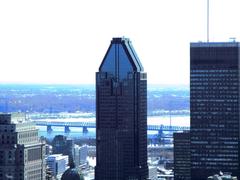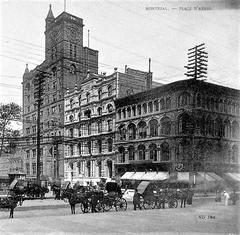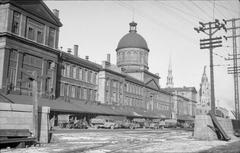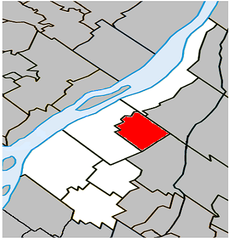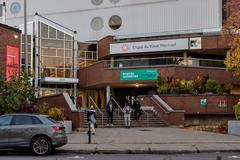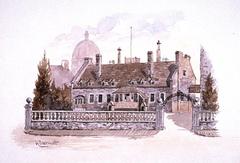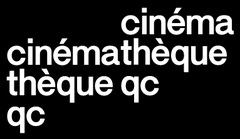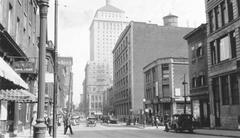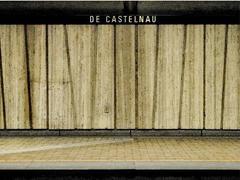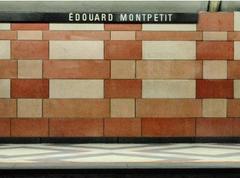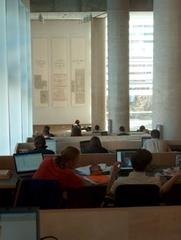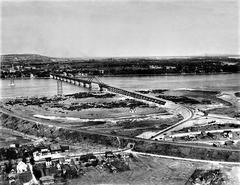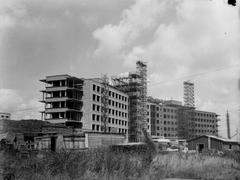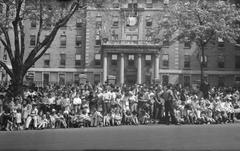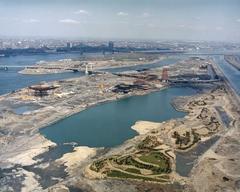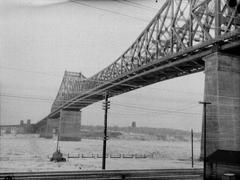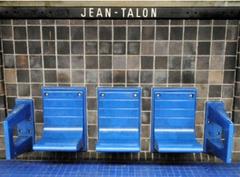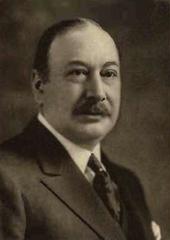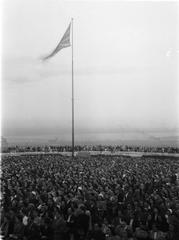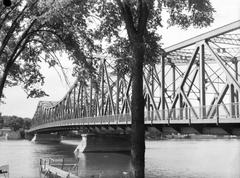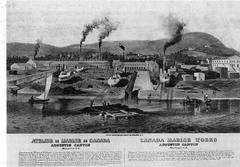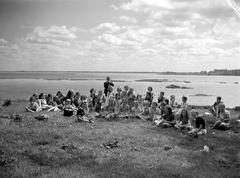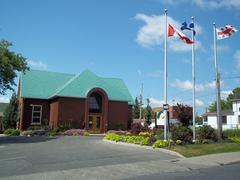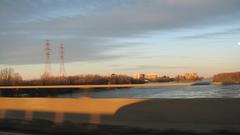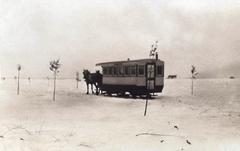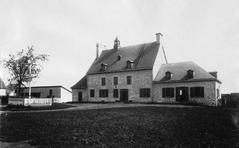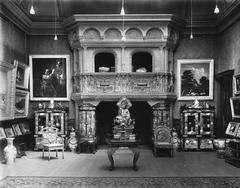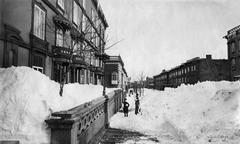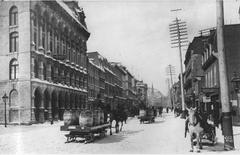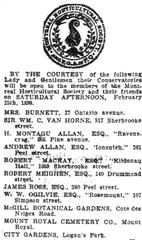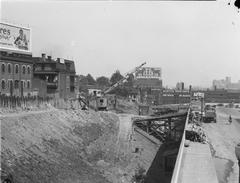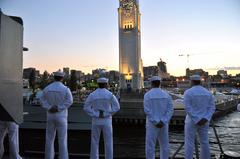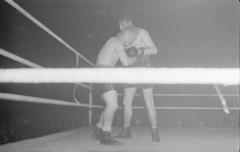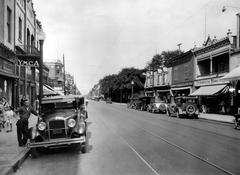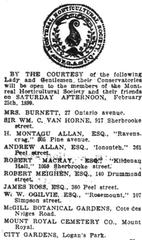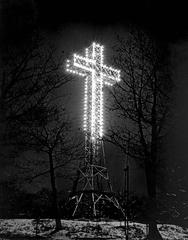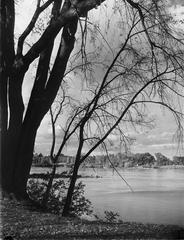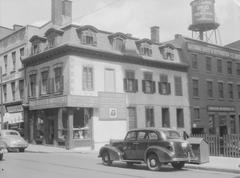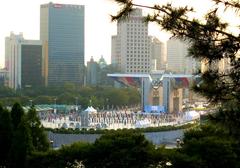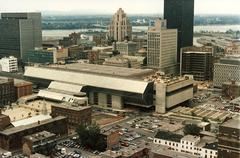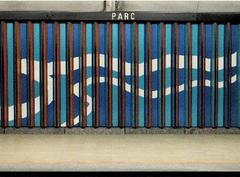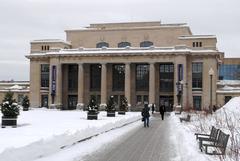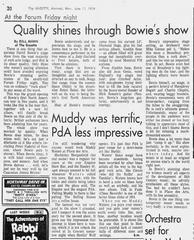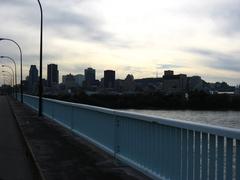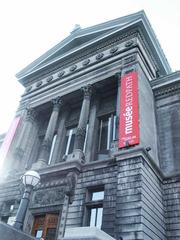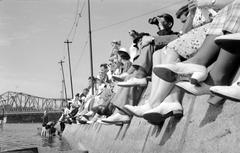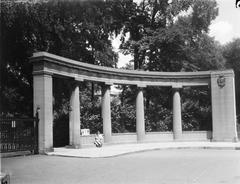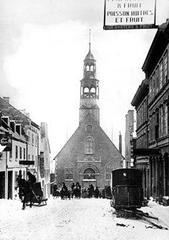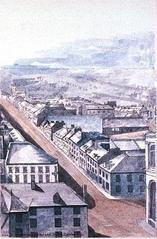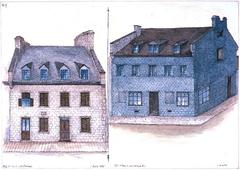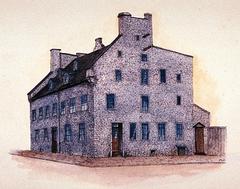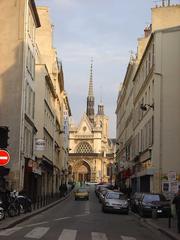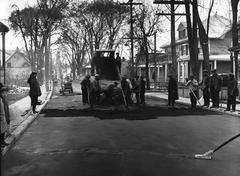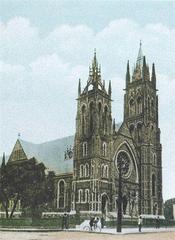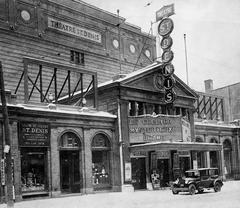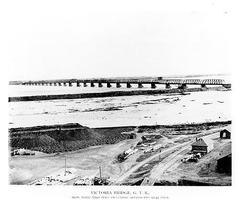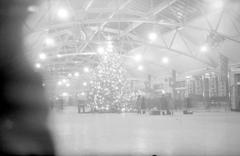Visit Place de la Grande-Paix-de-Montréal: Hours, Tickets, and Historical Insights
Date: 31/07/2024
Introduction
Place de la Grande-Paix-de-Montréal, situated in the heart of Old Montreal, is a remarkable historical site that commemorates the Great Peace of Montreal treaty signed on August 4, 1701. This significant event marked the end of prolonged conflicts between French settlers and various Indigenous nations, establishing a lasting peace that shaped the region’s history. The negotiation, led by Governor Louis-Hector de Callière, involved representatives from thirty-nine nations, including the Haudenosaunee Confederacy and other Indigenous groups (The Canadian Encyclopedia). The treaty, symbolically signed through wampum belts, was a milestone in North American diplomacy, fostering cooperation and mutual respect among diverse communities (Canadian Museum of History). Today, Place de la Grande-Paix-de-Montréal stands as a testament to the power of peaceful negotiations and the enduring legacy of this historic agreement. Visitors to the site can immerse themselves in the rich history of Montreal and appreciate the cultural significance of this landmark, making it a must-visit for history enthusiasts and travelers alike.
Table of Contents
- Introduction
- Historical Background
- Visitor Information
- Travel Tips
- Nearby Attractions
- FAQ
- Conclusion
- References
Historical Background
The Great Peace of Montreal (1701)
The Great Peace of Montreal, signed on August 4, 1701, was a landmark treaty that brought an end to a century of warfare between the French and the Five Nations of the Haudenosaunee (Iroquois). This treaty was a significant event in North American history, as it established a long-lasting peace that endured until the British conquest of New France in 1760. The negotiations were initiated by Louis-Hector de Callière, who became the governor of New France in 1699. He sought to end the ongoing conflicts that had plagued the region for decades (The Canadian Encyclopedia).
Negotiations and Signatories
The peace talks began in July 1700, with delegates from four of the Haudenosaunee nations (excluding the Mohawk) meeting with Governor de Callière. The following summer, a grand assembly was held in Montreal, attended by representatives from thirty-nine nations, including the five Haudenosaunee nations and other Indigenous groups allied with the French (The Canadian Encyclopedia). The negotiations were conducted according to Indigenous conventions, including the Haudenosaunee condolence ceremony, which involved the exchange of gifts and prisoners. The treaty was symbolically “signed” through the use of wampum belts, which were commissioned by Governor de Callière for each Indigenous nation to commemorate the agreement (Canadian Museum of History).
Terms and Significance
The terms of the treaty were comprehensive and aimed at ensuring lasting peace and cooperation among the signatory nations. The Iroquois League pledged to allow French settlement at Detroit and to remain neutral in any future conflicts between England and France. In return, the Haudenosaunee were granted the freedom to trade with the French at reduced costs. Additionally, the governor general of New France was designated as the mediator for any disputes among the signatory nations, recognizing a special kinship relationship with the French (The Canadian Encyclopedia). The treaty also included provisions for the release of prisoners and the settlement of future disputes through diplomacy rather than warfare (Canadian Museum of History).
Commemorations and Legacy
To commemorate the 300th anniversary of the Great Peace of Montreal in 2001, the Pointe-à-Callière Museum of Archaeology and History in Montreal hosted an exhibition featuring artifacts related to the treaty, including the original manuscript. The City of Montreal also named a part of Place d’Youville as Place de la Grande-Paix-de-Montréal, and an obelisk was erected to mark the location where the treaty was signed (The Canadian Encyclopedia). The Great Peace of Montreal remains a symbol of diplomacy and cooperation, highlighting the importance of peaceful negotiations in resolving conflicts. The treaty’s legacy is evident in the continued recognition and celebration of this historic event, which played a crucial role in shaping the history of Montreal and the broader region.
Historical Context and Impact
The Great Peace of Montreal was not an isolated event but rather the culmination of decades of shifting alliances and power struggles in northeastern North America. The French had initially arrived in the region as minor players in a longstanding Indigenous alliance system. However, by the late 1600s, they had strengthened their political influence through strategic alliances and the construction of forts, such as Fort Cataraqui (Fort Frontenac) in 1673 (Canadian Museum of History). The Haudenosaunee, who had been formidable opponents of the French, also recognized the benefits of peace. Leaders like Kondiaronk, a Huron-Wendat chief, advocated for a comprehensive peace treaty that would include all belligerent nations. The resulting treaty not only ended hostilities but also established a framework for future cooperation and resource sharing among the signatory nations (Canadian Museum of History).
Visitor Information
Place de la Grande-Paix-de-Montréal is open daily from 9 AM to 6 PM. Tickets can be purchased on-site for $10 per adult and $5 per child. The site is wheelchair accessible, and guided tours are available upon request. Visitors can explore the historical significance of the site and its role in the Great Peace of Montreal. The obelisk marking the treaty’s signing location is a key attraction, offering a tangible connection to this pivotal moment in history. Visitors can also learn more about the treaty and its impact by visiting the Pointe-à-Callière Museum, which frequently features exhibits related to Montreal’s rich history (Travel Notes and Things).
Travel Tips
Public Transportation
Montreal’s public transportation system, operated by the Société de transport de Montréal (STM), is efficient and user-friendly. The nearest metro station is Place-d’Armes on the Orange Line, which is a short walk from the square. Several bus routes also service the area, making it convenient for visitors to reach the site without the need for a car (Lonely Planet).
Biking
Montreal is known for its extensive bike lane network and bike-sharing program, Bixi. Visitors can rent a bike from one of the many Bixi stations around the city and enjoy a scenic ride to the square. Biking is a popular and eco-friendly way to explore Montreal, especially during the warmer months (Lonely Planet).
Best Time to Visit
Montreal experiences a wide range of weather conditions throughout the year. The best times to visit are during the early summer (June to early July) and fall (September to October) when the weather is mild and pleasant. These periods also coincide with various festivals and events that add to the city’s vibrant atmosphere (Lonely Planet).
Language
Montreal is a bilingual city, with both French and English widely spoken. While most people in the tourism industry speak English, learning a few basic French phrases can enhance your experience and interactions with locals (Lonely Planet).
Weather Preparedness
Montreal’s weather can be unpredictable, especially in the winter months when temperatures can drop significantly. If visiting during the colder months, dress in layers and be prepared for snow and ice. In the summer, light clothing and sunscreen are recommended.
Safety
Montreal is generally a safe city, but it’s always wise to take standard precautions. Walking in pairs at night is advisable, and keeping an eye on personal belongings in crowded areas can prevent petty theft (Lonely Planet).
Dining and Refreshments
Old Montreal is home to a plethora of dining options ranging from casual cafes to fine dining restaurants. Visitors can enjoy a meal at one of the many nearby establishments, which offer a variety of cuisines reflecting Montreal’s diverse culinary scene. Making reservations in advance is recommended, especially for popular spots (Lonely Planet).
Nearby Attractions
Pointe-à-Callière Museum
Offers exhibitions on Montreal’s history and archaeology. The museum frequently features exhibits related to the Great Peace of Montreal (Pointe-à-Callière Museum).
Old Port of Montreal
A vibrant area with shops, restaurants, and scenic views.
Notre-Dame Basilica
A stunning example of Gothic Revival architecture.
Montreal Botanic Garden
One of the most important botanical gardens in the world.
Olympic Stadium Park
A major sports and recreational complex.
Parc Jean-Drapeau
Comprised of two islands, offering a variety of outdoor activities and events.
Plateau Mont-Royal
Known for its vibrant arts scene, trendy cafes, and colorful murals (To Europe and Beyond).
FAQ
Q: What are the visiting hours for Place de la Grande-Paix-de-Montréal?
A: Place de la Grande-Paix-de-Montréal is open daily from 9 AM to 6 PM.
Q: How much are the tickets to visit Place de la Grande-Paix-de-Montréal?
A: Tickets can be purchased on-site for $10 per adult and $5 per child.
Q: Is Place de la Grande-Paix-de-Montréal wheelchair accessible?
A: Yes, the site is wheelchair accessible.
Q: Are there guided tours available?
A: Yes, guided tours are available upon request.
Q: What other historical sites can I visit in Montreal?
A: Other historical and cultural sites in Montreal include the Montreal Botanic Garden, Olympic Stadium Park, and Parc Jean-Drapeau.
Conclusion
The Place de la Grande-Paix-de-Montréal is more than just a historical site; it is a symbol of peace, diplomacy, and cultural heritage. Its significance is multifaceted, encompassing historical, diplomatic, cultural, and educational dimensions. Visitors to this site can gain a deeper understanding of the complex history of Montreal and the broader region, while also appreciating the enduring legacy of the Great Peace of Montreal.
Call to Action
Plan your visit to Place de la Grande-Paix-de-Montréal today and experience a site rich in history and significance. For more travel tips and updates, download the Audiala mobile app and follow us on social media.

